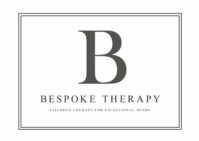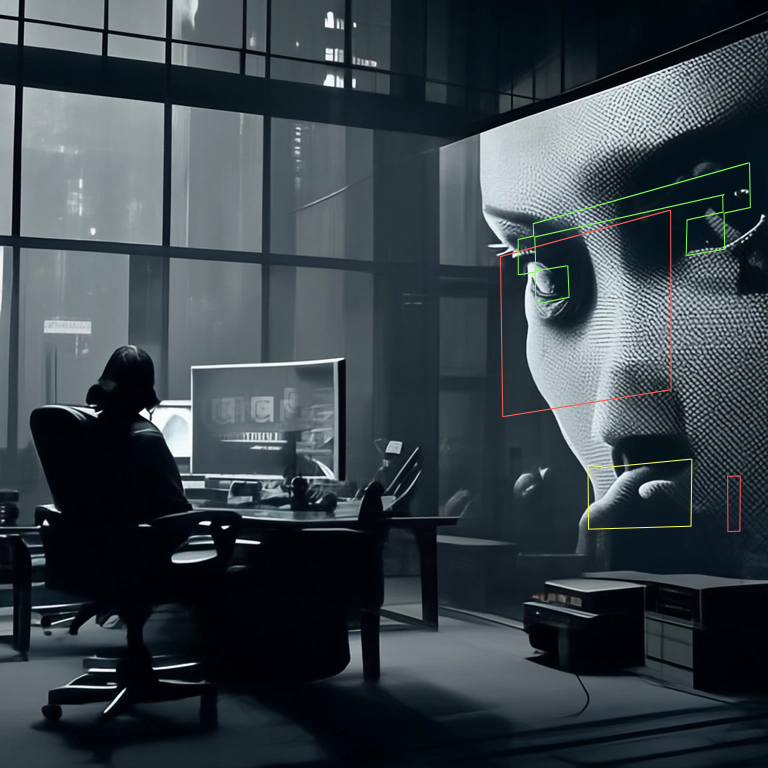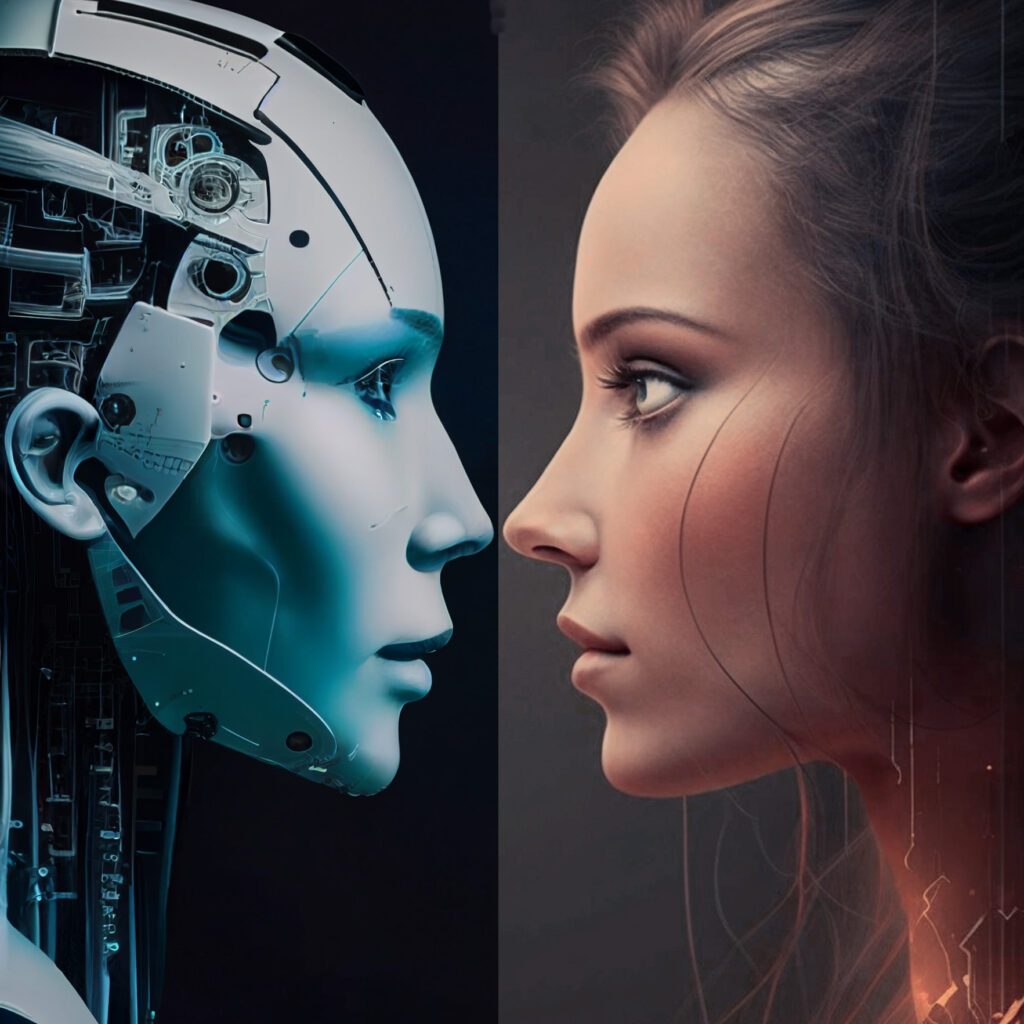The use of image recognition and facial recognition technology has been rapidly growing in recent years, and its applications are expanding beyond security and surveillance. One potential application of this technology is in the field of mental health and well-being, specifically in the tech industry. By using image recognition and facial recognition technology to detect changes in a person’s mood, it is possible to provide a therapeutic path and to forewarn both the individual and their employer in situations where they may not be in the ideal mental state. With the huge importance and power of some tech managers and CEO’s, this could save enormous collateral to themselves, their businesses and just maybe the whole planet…
One potential use of this technology is in the detection of depression. Research has shown that individuals with depression often have a distinct facial expression known as a “depression mask.” This expression is characterized by a neutral or sad facial expression, with drooping of the corners of the mouth and a lowering of the eyebrows. Image recognition and facial recognition technology can be used to detect these as microexpressions and to provide a therapeutic path for the individual privately without involving any human or other intervention.
Another potential use of this technology is in the detection of stress and burnout. Stress and burnout are common issues in the tech industry, and they can have a significant impact on an individual’s mental and physical health. By using image recognition and facial recognition technology to detect changes in an individual’s facial expression and body language, it is possible to provide a therapeutic path and to forewarn both the individual and their employer in situations where they may not be in the ideal mental state.
In addition to its therapeutic applications, this technology could also be used to improve the work environment for employees. For example, by detecting changes in an employee’s mood, an employer could provide additional support and resources to help the employee manage their mental health and well-being. This could lead to improved job performance, increased productivity and ultimately, to a better work-life balance for the individual.
It is worth noting that the use of image recognition and facial recognition technology for detecting mood, raises some ethical concerns. The use of this technology should be done with the consent of the individual, and the data collected should be handled in accordance with privacy laws and regulations. Furthermore, the results provided by the technology should be interpreted by a mental health professional, and not be used as a standalone diagnosis.
Using Image Recognition and Facial Recognition to Detect Mood and Provide Therapeutic Paths in the Tech Industry
In conclusion, the use of image recognition and facial recognition technology has the potential to provide a therapeutic path and to forewarn both the individual and their employer in situations where they may not be in the ideal mental state. This technology could be used to detect changes in an individual’s mood and provide therapeutic paths for depression, stress and burnout, as well as improving the work environment for employees. However, it is important to consider the ethical concerns and to handle the data collected with privacy laws and regulations, and interpret the results with a mental health professional.
It is important to note that while image recognition and facial recognition technology can be used to detect changes in an individual’s mood, it is not a substitute for professional diagnosis and treatment. Often, by the time an individual is showing a distinct facial expression, the situation has already become quite advanced. That is why early detection and intervention is crucial for effective treatment.
BespokeTherapy.com provides professional and personalized therapy services for individuals in the tech industry. We understand the unique challenges that individuals in this field face and provide tailored support to help them manage their mental health and well-being. If you or someone you know is experiencing mental health issues, we encourage you to reach out to us for help. Early detection and intervention can lead to better outcomes and a more positive path forward.”
You could also include a clear call to action such as:
“Don’t wait for things to get worse, take the first step towards a healthier you today by visiting BespokeTherapy.com or contact us at (insert contact details) for a free consultation”
It is important to make it clear that the service is available and easy to access, and that the first step towards a healthier you is just a click or a phone call away.
If anyone reading this is interested in collaborating or funding a project to develop this technology, please get in contact with Angela Valentino here are bespoketherapy.com.
References:
1. “Facial expression recognition using machine learning techniques” by N. Kaya and H. Gunes, in the Journal of Ambient Intelligence and Humanized Computing, 2017.2. “Automatic recognition of depression using facial images” by R. Wang, Y. Li, and L. Zhang, in the Journal of Biomedical and Health Informatics, 2016
3. “Automated facial expression recognition in video using dynamic texture analysis” by T. Kanade, in the IEEE Transactions on Pattern Analysis and Machine Intelligence, 2000
4. “Automatic recognition of stress from facial images” by Y. Wang, Y. Li, and L. Zhang, in the Journal of Medical and Biological Engineering, 2015
5. “Facial expression recognition for mental state analysis” by M. Bartlett, J. R. Movellan, and T. J. Sejnowski, in the IEEE Transactions on Pattern Analysis and Machine Intelligence, 2002 Please make sure to double-check the links and make sure that they are working properly before publishing them in your article.


